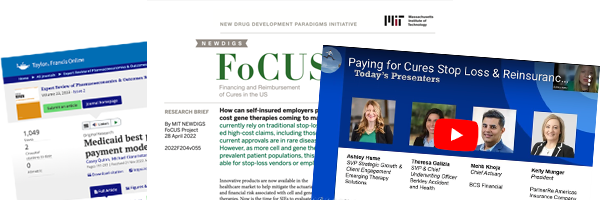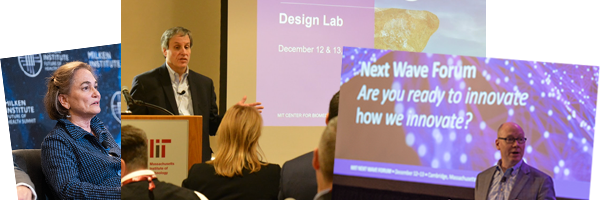CBSD history
It all began with NEWDIGS (New Drug Development Paradigms), a “think and do” tank launched in 2009 at MIT to “help the system catch up with the science” of biomedical innovation.
Our initial project in NEWDIGS was proposed to us by a group of global regulators and focused on improving the regulatory approval process to accelerate appropriate and timely patient access in ways that met all stakeholders’ needs. The emergent concept of Adaptive Licensing centered around a staged rollout of new products (to patients with greatest unmet need first) coupled with iterative data collection and regulatory reassessment to refine the label and expand patient access. This project inspired the EMA’s European-wide “Adaptive Pathways” pilot (2014-2016).
Adaptive Licensing was foundational to our NEWDIGS vision and priorities in several major ways:
It highlighted the power of end-user design processes involving multi-stakeholder collaborators as a way to drive patient-centered, sustainable change in biomedical and healthcare. This led to the broadening of the concept of Adaptive Licensing to a more overarching model of Adaptive Biomedical Innovation.
It elucidated the importance of enhancing the “readiness” of the downstream biomedical system to support the successful implementation of innovations in upstream science/technology and regulatory policy. Two specific areas of need for downstream system innovation that are critical for enabling Adaptive Biomedical Innovation include:
- More flexible payment models to ensure appropriate and timely access for patients affordability for payers, and sustainability for developers, which led to our FoCUS Project for durable cell and gene therapies.
- Enhanced ability to generate real-world evidence in timely and scalable ways, which fueled the launching of our LEAPS Project.
Building on insights gained from our foundational work in Adaptive Licensing, FoCUS, and LEAPS, the strategic growth of CBSD is focused on amplifying & accelerating the real-world impact of NEWDIGS through:
- Translating solution application for a broader range of product classes and diseases
- Expanding our qualitative and quantitative research portfolio to support ongoing design and implementation of our emerging solutions
- Enhancing our collective capacity for collaborative system innovation across global biomedical and healthcare ecosystems


